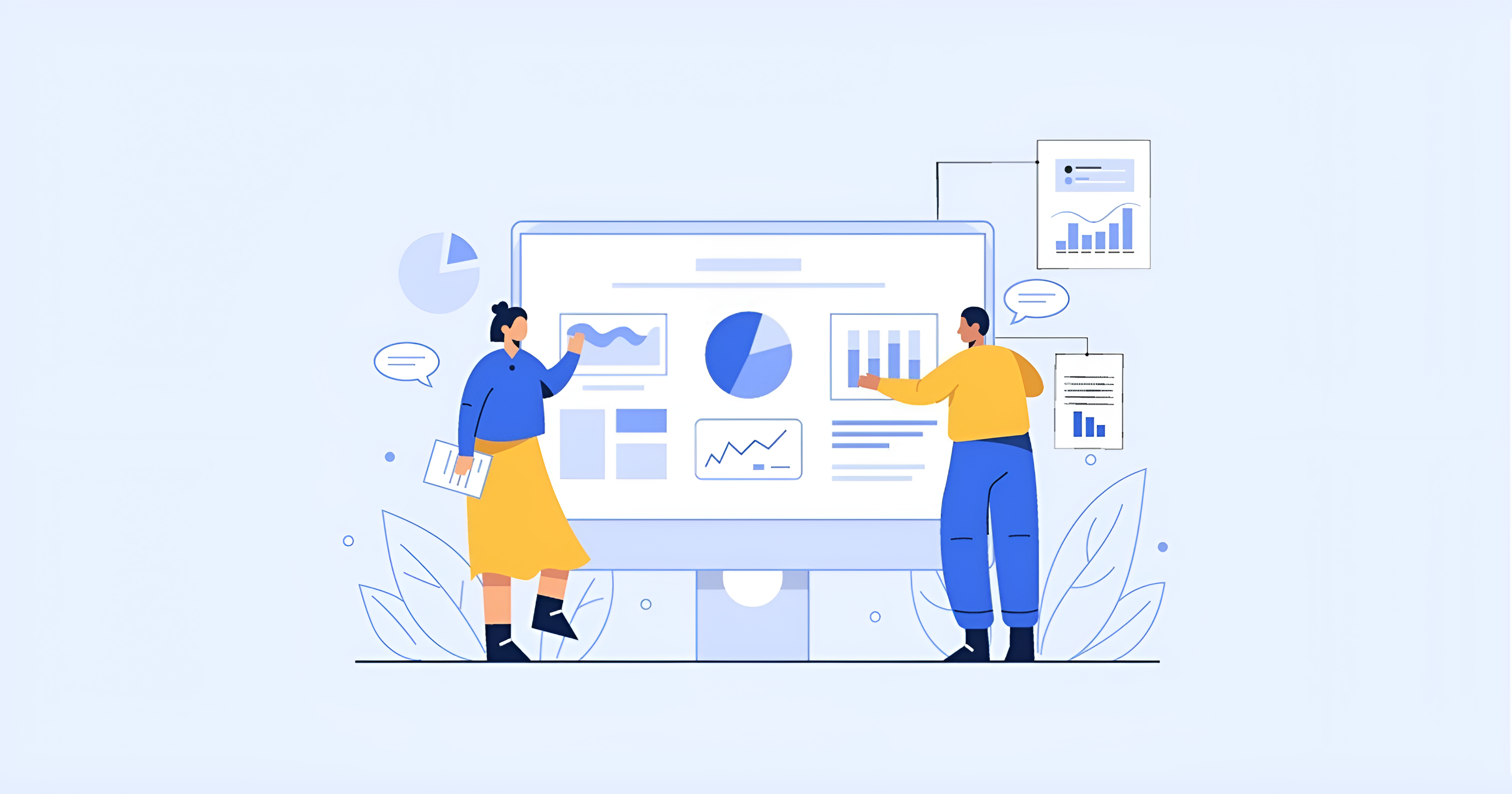Using Python for Data Analysis: Libraries and Best Practices
 Sai Sravanthi
Sai Sravanthi
Python has become the go-to language for data analysis due to its simplicity, versatility, and powerful libraries. With an active community and extensive documentation, it enables both beginners and experienced analysts to manipulate, analyze, and visualize data efficiently. This guide explores the essential libraries and best practices for using Python in data analysis, helping you unlock the full potential of your datasets. Get ready to dive into a world where data comes to life through Python!
Key Python Libraries for Data Analysis
Pandas:
Overview:
Pandas is an essential library in the Python ecosystem, specifically designed for data manipulation and analysis.
It provides robust data structures like Series and DataFrames, which are crucial for handling structured data in a streamlined and efficient manner.
These structures allow users to perform complex data operations with ease, making Pandas a go-to tool for data analysts and scientists.
Key Features:
Data cleaning and transformation.
Powerful indexing and filtering capabilities.
Integration with other libraries for seamless analysis.
NumPy:
Overview:
NumPy is a key library for numerical computations in Python, offering robust support for arrays and matrices essential for scientific computing and data analysis.
It provides a wide range of mathematical functions for both basic and advanced calculations, making it crucial for handling large datasets efficiently.
NumPy also integrates well with other libraries like Pandas and Matplotlib, enhancing its usefulness in data analysis.
Key Features:
High-performance array operations.
Mathematical functions for array calculations.
Supports linear algebra and random number generation.
Matplotlib:
Overview:
Matplotlib is a versatile library for creating a variety of visualizations in Python, including static, animated, and interactive plots.
Matplotlib works well with Pandas to turn data into clear visual representations.
The library offers extensive customization options for adjusting plot appearance, such as colors and labels.
Its integration with libraries like NumPy enhances its ability to handle large datasets and perform detailed data analysis.
Key Features:
Wide range of customizable plots (line, bar, scatter, etc.).
Easy integration with Pandas DataFrames.
Ability to save visualizations in various formats.
Seaborn:
Overview:
Seaborn is a data visualization library built on top of Matplotlib that offers a high-level interface for creating attractive statistical graphics.
Seaborn is great for exploring data patterns and relationships, supporting features like categorical data plotting and creating visualizations like heatmaps and violin plots with minimal code.
It integrates well with Pandas DataFrames for easy data manipulation and visualization, enhancing plot readability by adjusting elements like axis labels and legends.
Key Features:
Simplifies the creation of complex visualizations.
Offers better aesthetics and color palettes.
Easily handles categorical data and statistical relationships.
Best Practices for Data Analysis with Python
Begin with Data Exploration: Use Pandas to thoroughly examine your dataset, understand its structure, identify missing values, and assess basic statistics before moving forward.
Ensure Code Clarity: Write clear and well-documented code by using meaningful variable names and organizing your code into functions when appropriate.
Utilize Visualization Tools: Use Matplotlib and Seaborn for data visualization to reveal insights that might not be immediately clear from raw data.
Engage in Iterative Refinement: Data analysis is an iterative process, so be open to revisiting steps, refining techniques, or exploring new hypotheses based on your findings.
Document Your Analysis: Maintain a detailed record of your analysis process using Jupyter Notebooks to combine code, visualizations, and descriptive text, making your findings reproducible and easy to understand.
Conclusion
Python is a top choice for data analysis due to its powerful libraries and community, allowing analysts to efficiently handle data, perform calculations, and create visualizations while following best practices to boost productivity and gain deeper insights for better decision-making.
Subscribe to my newsletter
Read articles from Sai Sravanthi directly inside your inbox. Subscribe to the newsletter, and don't miss out.
Written by

Sai Sravanthi
Sai Sravanthi
A driven thinker on a mission to merge data insights with real-world impact.